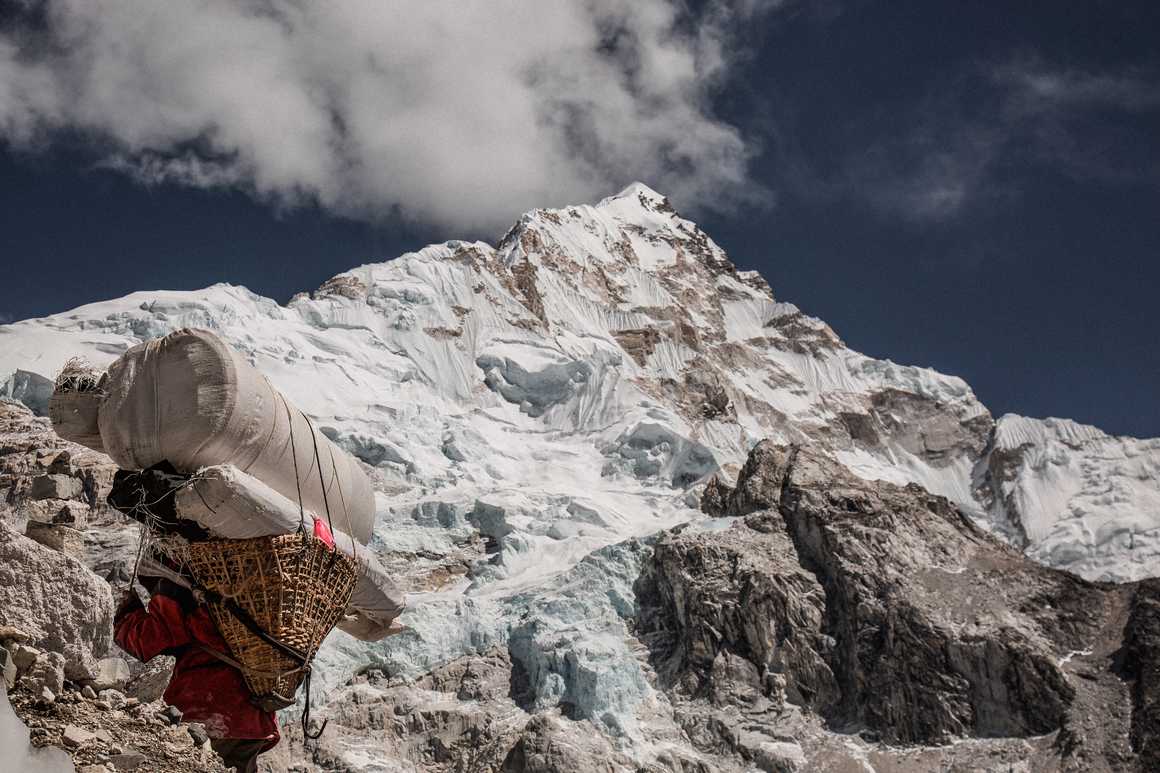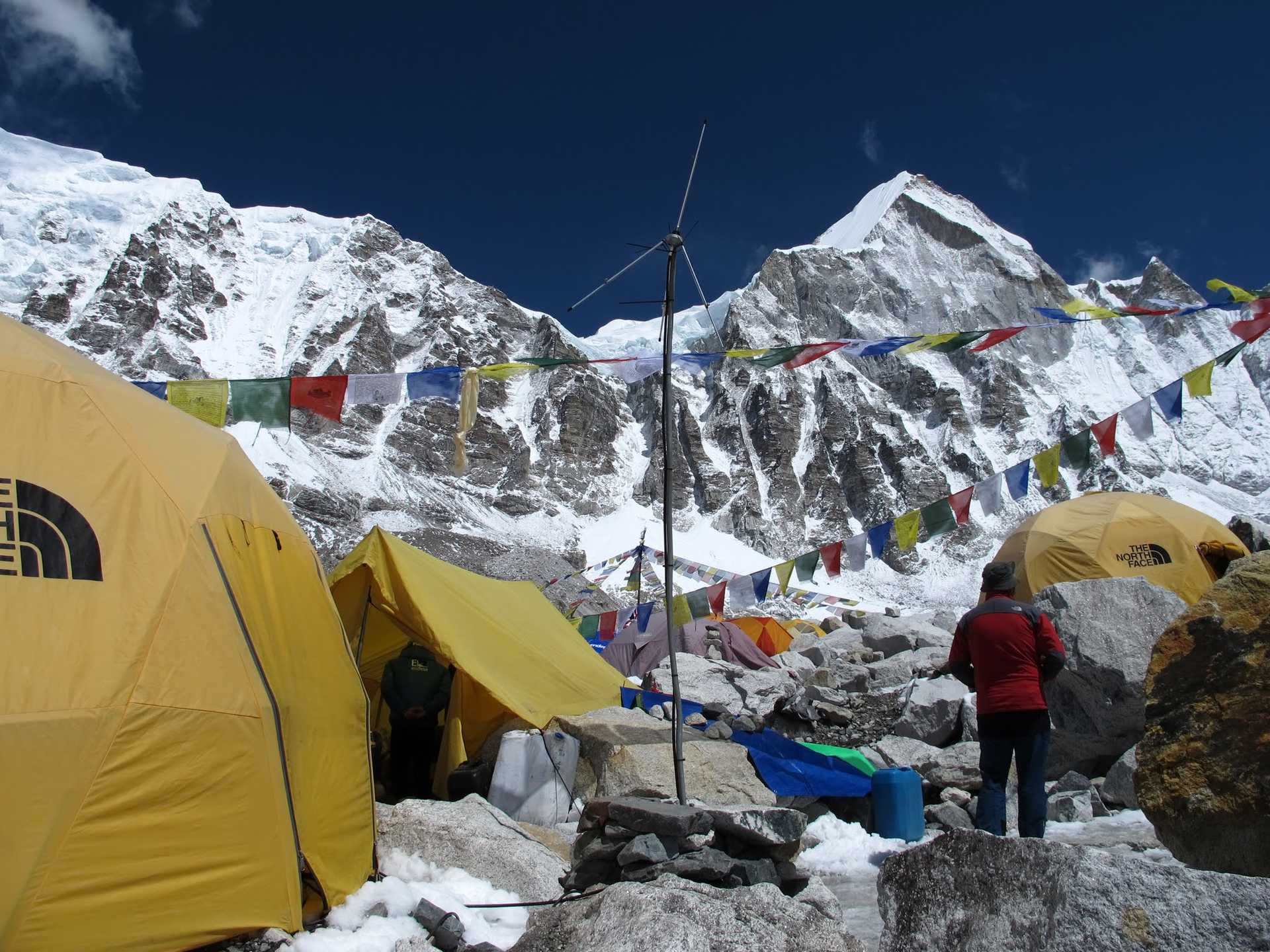How high is everest base camp?
The trek to Base Camp, Everest, is one of the most popular
trekking routes in the world and it is easy to see why so many people want to
travel to Nepal to explore the stunning Himalayas.
How many base camps are there on everest?
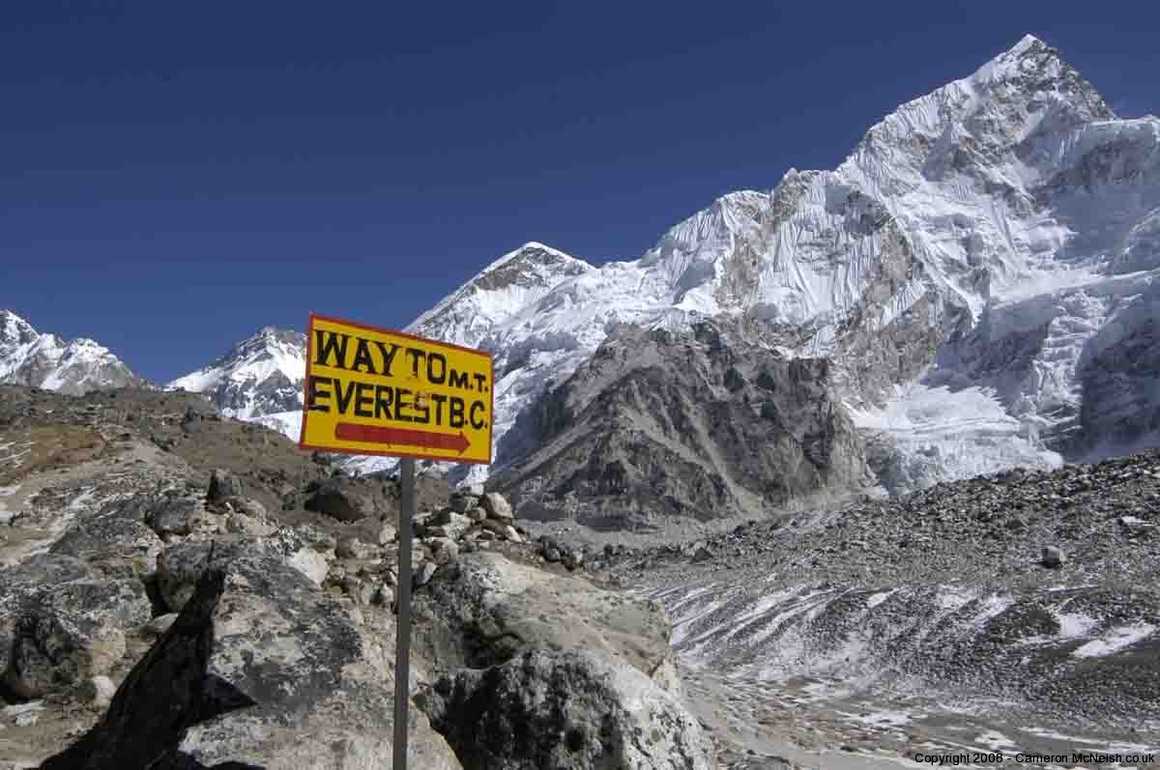
How many miles/kilometres is it to everest base camp?
Your Everest Base Camp trip will usually start with you
arriving in Kathmandu, the capital of Nepal and making your way to Lukla, the
start of the EBC trek. From Kathmandu travellers can take either a 45 minute
plane to Lukla, opt for a more expensive but quicker helicopter ride, or travel
overland by bus or private vehicle.
Travelling the 367km, or 228 miles, overland from Kathmandu
will take anywhere between 8-12 hours and journeys through hidden valleys and
traditional sherpa villages, and while it may arguably be the most authentic
way to travel, the road stops before Lukla so you will need to add at least
another days trekking to your schedule before you actually begin the Everest
Base Camp trail.
Travelling by plane or helicopter is comparable in price to
getting to Lukla overland but the flight is not for the faint-hearted. The
route is notorious for its short runway and frequent cancellations due to
imperfect weather conditions. Book a morning flight and you are much more
likely to arrive on time and be sure to take in the view from the plane as it
will be one of the best views of the Himalayas you’ll get.
how long does it take to trek to everest base camp?
The golden rule is to climb high and rest low so ensuring to
plan this into your itinerary will help you acclimatise to the altitude.
The trek back to Lukla from Everest Base Camp is much
quicker as you don’t need to be mindful of the altitude and will take between
2-4 days.
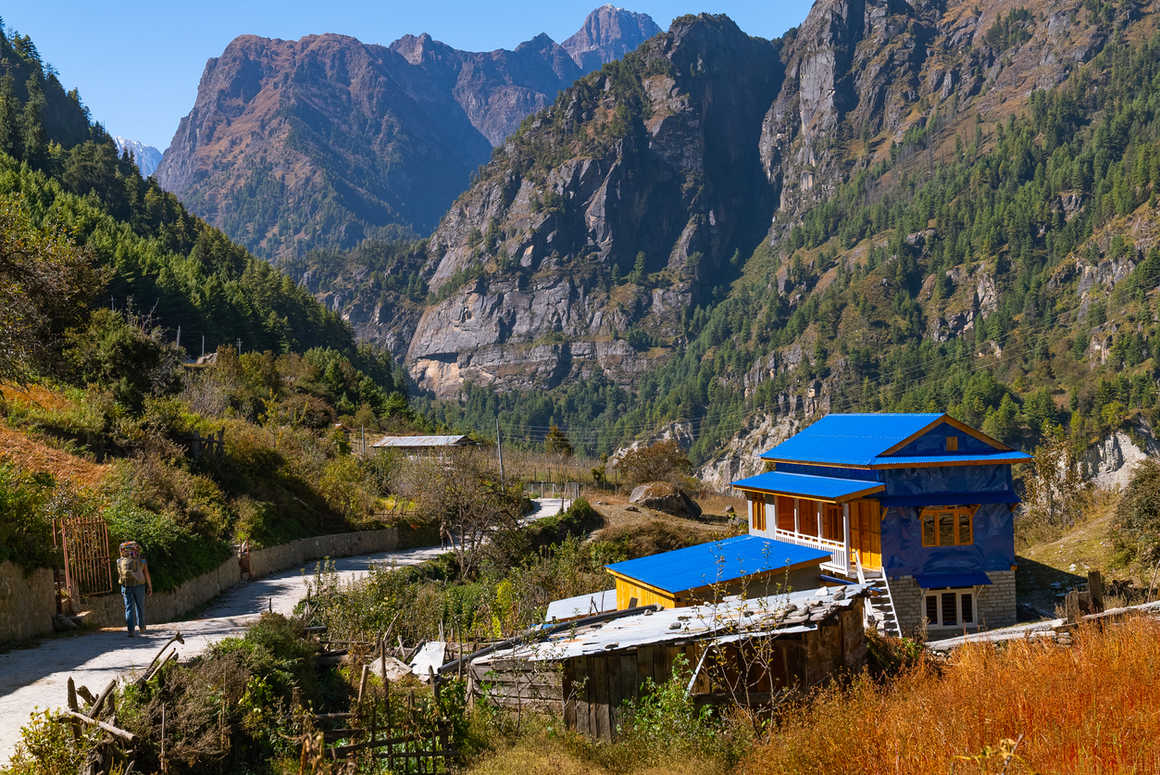
is climbing everest base camp hard?
The two main things to consider when looking at an Everest
Base Camp tour are the amount of walking required each day and the altitude.
You need to be prepared to walk for around 8 hours a day for several days in a
row to complete the Everest Base Camp round trip in 2 weeks. You can plan to
take longer to complete the route, but it is worth considering the time and
cost implications of this.
When it comes to altitude, taking your time and factoring in
acclimatisation days will be the best way to avoid altitude sickness. There is
medication you can take to help with this too. Beware of planning a trip that
doesn’t allow enough time to get used to the increasing altitudes as your
chances of reaching Everest Base Camp will be reduced if you don’t leave enough
time to get used to the altitude.
Positive mental attitude is a must so if you have put in the
training, carefully planned your itinerary with your guide and allowed enough
time to acclimatise you’ll find this route challenging but enjoyable.
what is the altitude of everest base camp and do i need to train for it?
Despite the comparison with mountains across the globe,
Everest Base Camp is still a high-altitude trek and as such training is
inevitably required for most people. If you are ultra fit, an experienced
mountaineer and regularly expose yourself to high altitude conditions then you
will need to train less than someone who is less mountain fit.
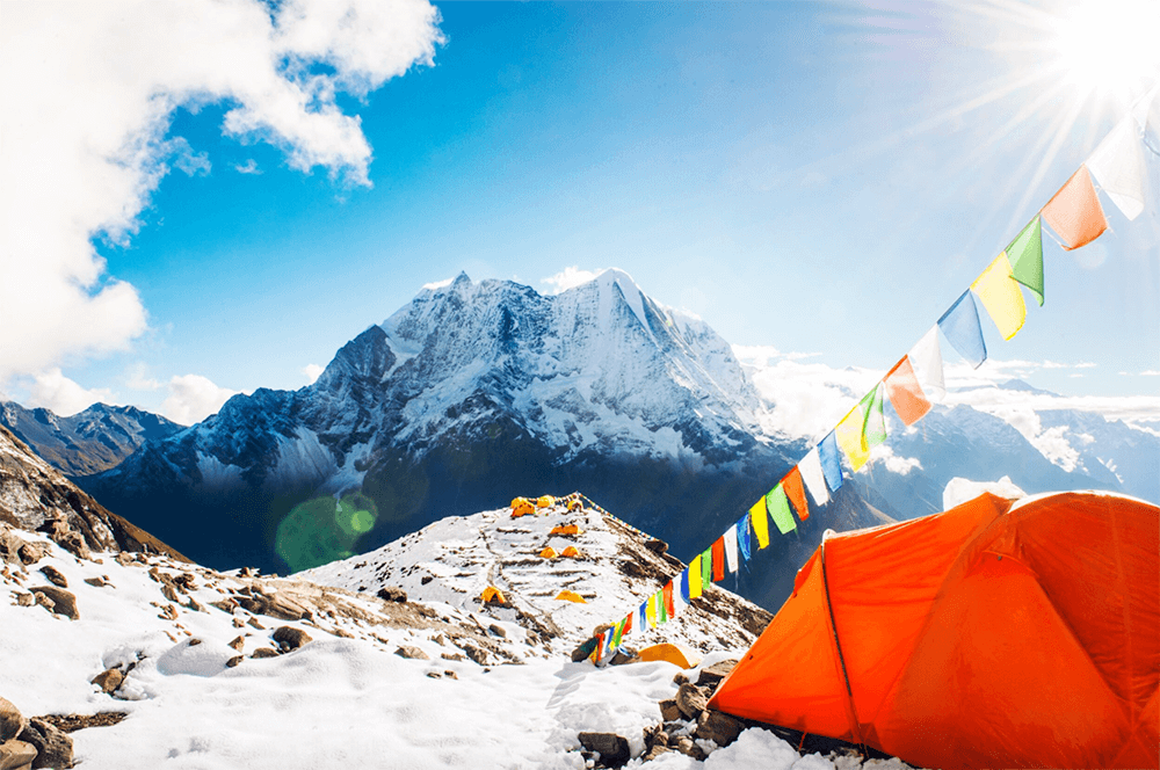
what equipment do i need to climb everest base camp?
You may want to consider a sleeping bag and sleeping bag
liner, depending on the type of accommodation you’ll be staying in. You may
want to consider buying or renting walking poles to help you during your trek
and a warm down jacket for when you reach higher altitudes is highly
recommended.
do you need a sherpa to climb everest base camp?
You don’t necessarily have to take a sherpa, but you must
take a guide of some sort to be able to trek in Nepal and this includes to
Everest Base Camp.
when is the best time of year to climb everest base camp?
The alternative time to trek in Nepal is autumn, from
September to November. You will have a much higher chance of clear skies in
autumn and the temperatures will likely be warmer too. The monsoonal rains will
have finished by now leaving exceptional views and optimal climbing conditions.
